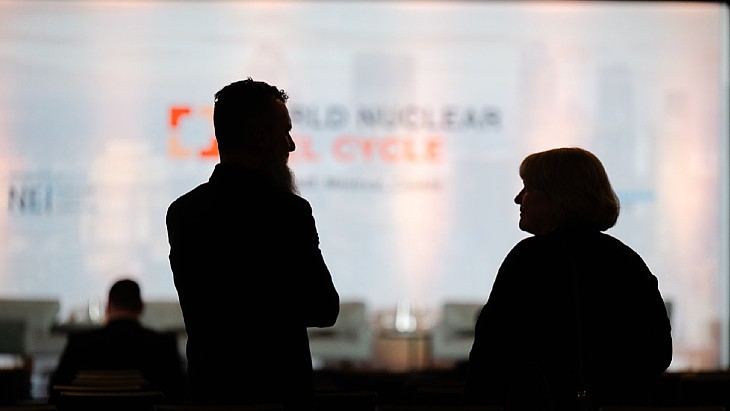Rolls-Royce sees SMRs on UK grid by 2029

Rolls-Royce is leading a consortium for its SMR project, which comprises Assystem, Atkins, BAM Nuttall, Laing O’Rourke, National Nuclear Laboratory, Nuclear AMRC, Rolls-Royce, Wood and The Welding Institute.
In an interview with business journalist Katie Prescott for Radio 4’s Today Programme, Stein said: "Our plan is to get energy on the grid in 2029. The obvious sites to put them are what we call brownfeld sites; sites where we're running elderly or decommissioned nuclear power stations. There are two sites in Wales and one in the northwest of England. Eventually in the UK we’ll be rolling out 10 to 15. We're also looking to a significant export market. In fact the current estimate for the export market for SMRs is GBP250 billion [USD328 billion], so this could be a huge industry."
The consortium calculates it can get the cost of a nuclear power station producing 440 MW to about GBP1.75 billion, which means being able to sell electricity at below GBP60/MWh, he said.
In November last year, UK Research and Innovation (UKRI) announced it was providing initial match funding to the consortium, which Stein said has already received letters of intent from foreign governments and private equity firms. UKRI said that an initial GBP36 million joint public and private investment, with GBP18 million of the investment from the Industrial Strategy Challenge Fund, will enable the consortium to further develop their design.
"The UK government has indicated that it will put in some - less than half - of the money, and the consortium members themselves are so convinced that this is a solid business case that we’re putting our own money into it," he said. "And private equity, which doesn't tend to invest in things on a whim, is also now approaching us and we already have letters of intent. This is an awful lot of jobs for the UK. We've calculated 40,000 jobs for the UK, given the home market and the exports, spread around all of the United Kingdom, repurposing some industrial areas and reviving parts of our nuclear industry."
The consortium has taken a "rather different" approach to the "science-based project approaches" of some of its competitors in SMRs, he said.
"Our desire has not been to create a new nuclear reactor. In fact, the design of the nuclear reactor is one that we've been running for many, many years in nuclear power stations around the world. It’s been relentless focus on cost and it's the first time that's been done - to take a look at a whole power station design and not just the nuclear island, also the other parts of the power station, and the civil engineering construction, and the time from starting it to finishing it. And I think it's the first time an industrial consortium has focused on driving down the cost of electricity to the consumer and it’s arrived just at the right time with escalating concerns about climate change."
The consortium is "certain that the maths is right" because it has taken the design right the way through a Treasury accreditation process, he said, and the Royal Academy of Engineering has "scrutinised" its calculations.
"If anything, it's almost the starting point for what the cost of electricity will be," he said. "It is our intention to drive the cost down below GBP60/MWh. We're not making promises about that yet but on the other hand, rather than it being a large civil construction project, where history shows that costs go up with time, it's an advanced manufacturing process which the world is very good at doing, and driving costs down when the process is stable."
_92619.jpg)

_84504.jpg)







_50521.jpg)

